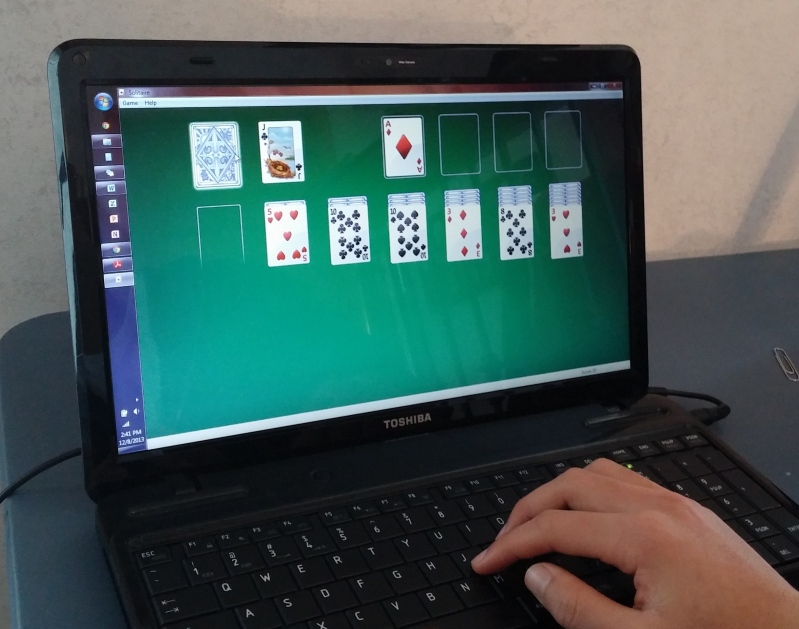|
| |
From ESL to the Oscars: Former ESL Students Make It BIG with Big Mama's & Papa's PizzeriaLin Cui, Harper College As L2 learners begin to expand their repertoire of language use beyond the basic level, they often feel the need to express accurately not only facts but also their feelings. The structure “always + progressive tense” is a good starting point. From the idea of Astorga (1999), who has examined the role which images play in language learning and meaning making, I have tried using images in teaching this structure and found that they help foster students’ imagination and thus motivate them to use English (Van de Werff, 2003). Here is the procedure:
Lin Cui is an associate Professor in the ESL & Linguistics Department at Harper College, Palatine, Illinois.
Grandma is always smiling whenever she holds little David. (said by David’s mom)
Little David is always crying when Grandma is away. (said by David’s babysitter)
Always + simple tense = fact
Always + progressive tense = fact + feeling
A: My cousin Sam’s always playing Solitaire. He’s driving his mom crazy.
B: He must like the game. Does his mom remind him to finish his homework first? A: Yes, she’s always reminding him, but he keeps on playing.
Astorga, M.C. (1999). Test-image interaction and second language learning. Australian Journal of Language and Culture, 22, 212-233. Van der Werff, J. (2003). Using pictures from magazines. The Internet TESL Journal, Vol. IX, No. 7, July 2003. Retrieved from http://iteslj.org/Techniques/Werff-Pictures.html | |
| ITBE Link - Volume 41 Number 4 |


